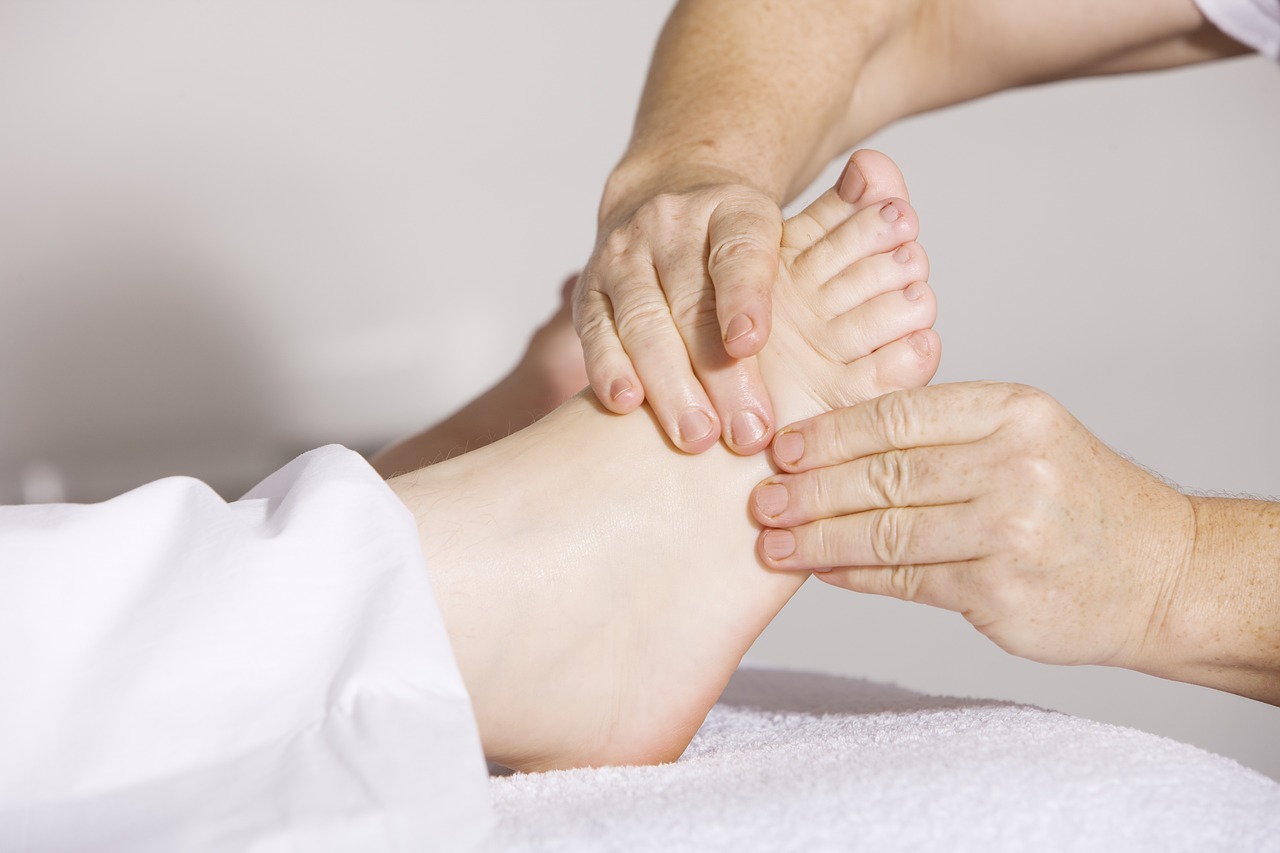Plantar Fasciitis
/By: Jessica Pollice, Registered Physiotherapist, Orthopedic and Pelvic Health
Have you ever experienced pain in your heel that was worse when you woke up in the morning, and/or aggravated by prolonged weight bearing, such as standing or walking? Chances are you were suffering from a condition known as plantar fasciitis, which is the most common cause of heel pain. Plantar fasciitis occurs due to inflammation or degeneration of the thick fibrous band on the bottom of your foot, known as the plantar fascia. Plantar fasciitis most commonly affects individuals between the ages of 40-60, and occurs slightly more often in women than men.
Some factors may increase your risk of developing plantar fasciitis, such as:
Occupations that require prolonged standing and/or walking.
Pes planus: overpronation of the foot creates an increase in inflammation of the plantar fascia.
Excessive running: plantar fasciitis is common among runners due to repetitive microtrauma. In addition, wearing faulty running shoes and running on unyielding surfaces can further increase the risk of developing plantar fasciitis.
Obesity: an increase in body weight creates a higher load for the plantar fascia to withstand.
The diagnosis of plantar fasciitis relies on a clinical assessment alone, and requires no imaging such as ultrasound or an MRI. Healthcare professionals are able to diagnosis plantar fasciitis based on the patient’s subjective report of their symptoms. You may be wondering, what are plantar fasciitis symptoms? Well, the most common symptoms of plantar fasciitis include:
Pain in the heel
Morning pain, especially with the first few steps, or after a period of rest
Pain which lessens with an increase in activity, but then becomes worse near the end of the day
Increase in tightness of the Achilles tendon
The long-term outcome of plantar fasciitis is favorable, with more than 80% of patients feeling back to their pre-injury level within 12 months. A variety of therapies, such as physiotherapy, are used for plantar fasciitis. The best treatment for plantar fasciitis includes:
Ice: helps to reduce inflammation and helps with pain relief.
Heat: helps to increase blood flow to the area to aid in healing, and assists with pain relief.
Massage: aids in relieving the stiffness of the plantar fascia.
Strengthening exercises: more specifically for the foot intrinsic muscles to decrease the load required by the plantar fascia.
Stretching exercises: stretching of the plantar fascia and of the calf muscles to release the tight muscle fibers and fascia.
Taping: the bottom of the foot can be taped to increase the fat pad of the heel to reduce inflammation, and to reduce the strain of the plantar fascia.
Heel pads and cups: aid in elevating and cushioning the heel
Proper footwear: It is important to ensure that the footwear you wear on a daily basis for work, as well as running shoes for physical activity, are providing enough support for the heel. Avoid the use of flat shoes and walking barefoot, especially if you will be walking and/or standing for a prolonged period of time.
Plantar fasciitis is a self-limiting condition and has favorable results with more than 80% of patients recovering within a year. The best treatment for plantar fasciitis includes stretching of the plantar fascia and calf muscles regularly, avoiding the use of flat shoes, using heel pads or cups and some individuals may benefit from using over-the-counter arch supports.
Click here to book an appointment with one of our Physiotherapists to help heal your heel pain.

